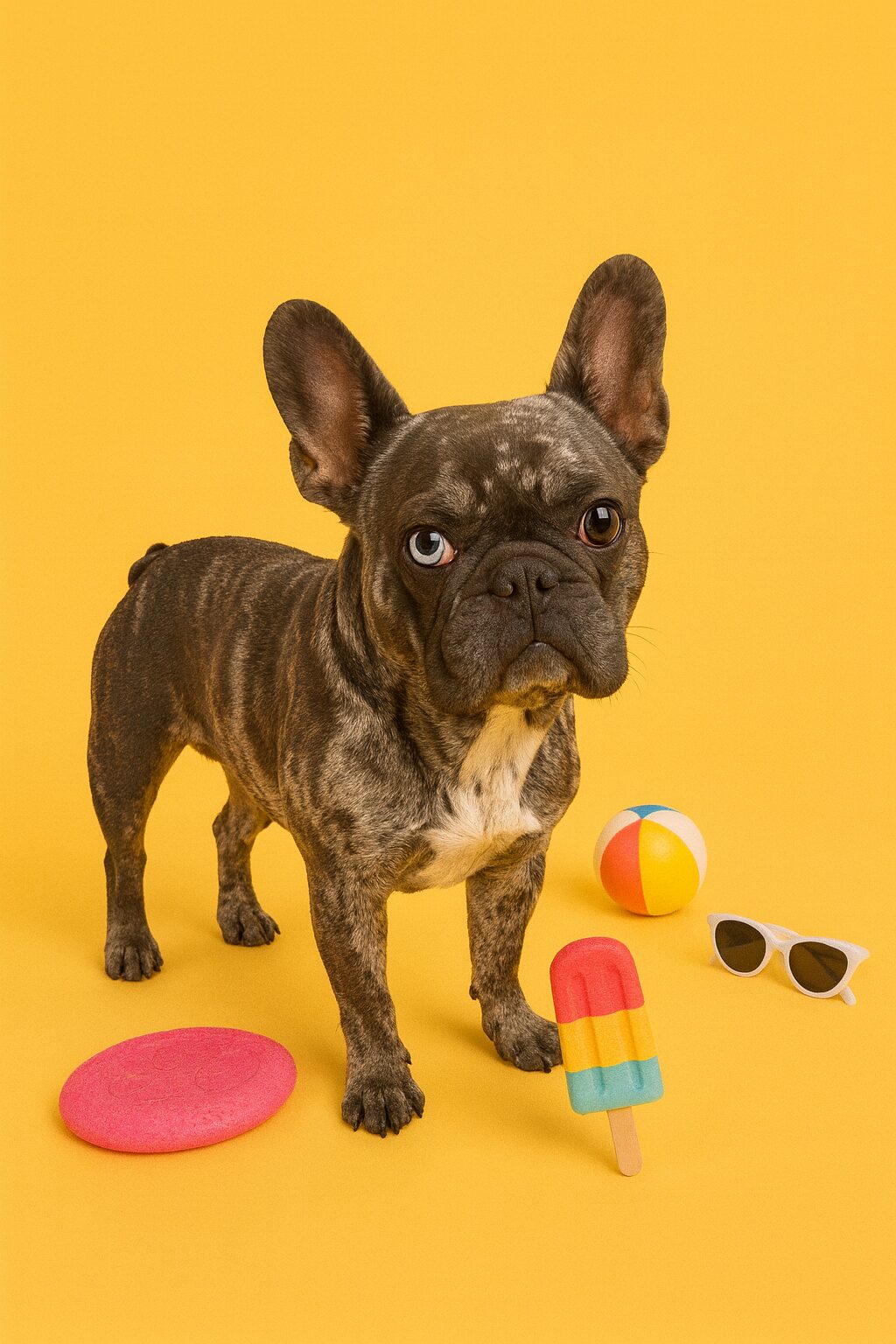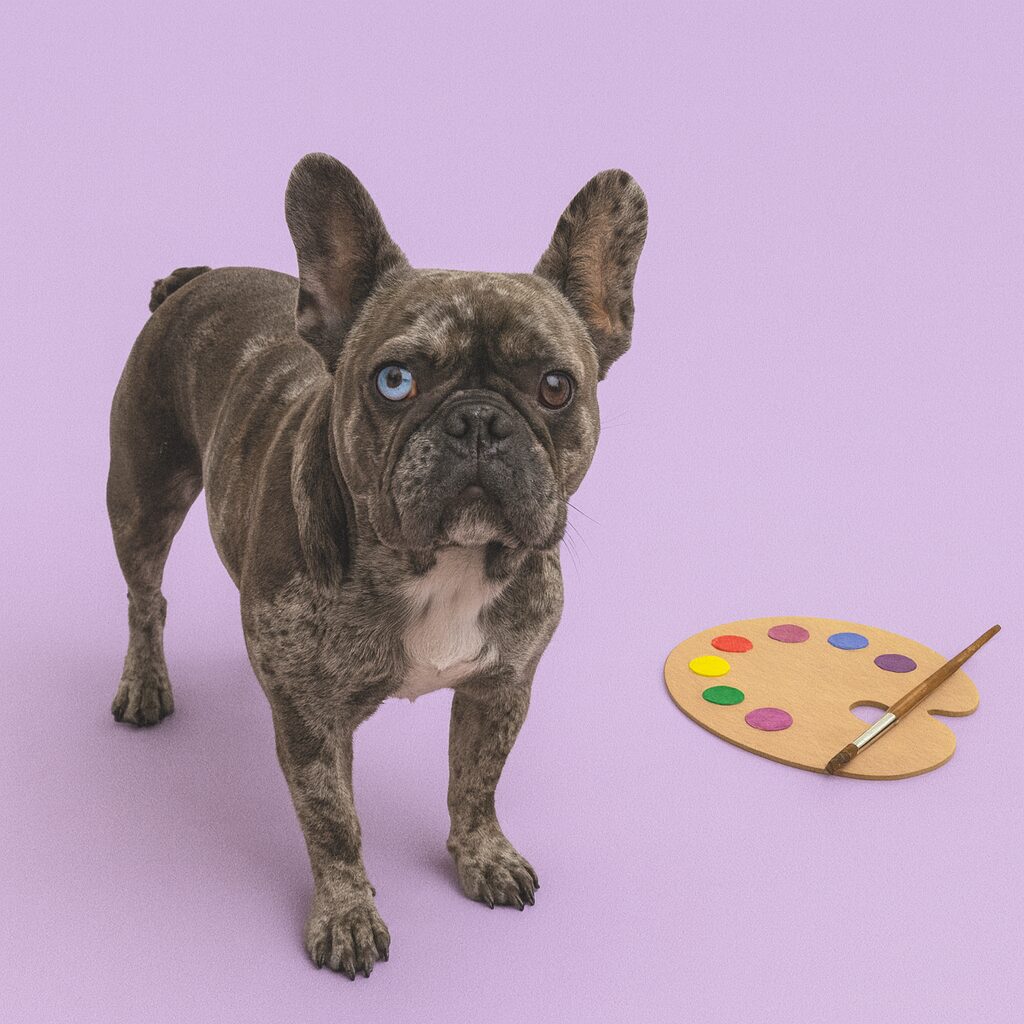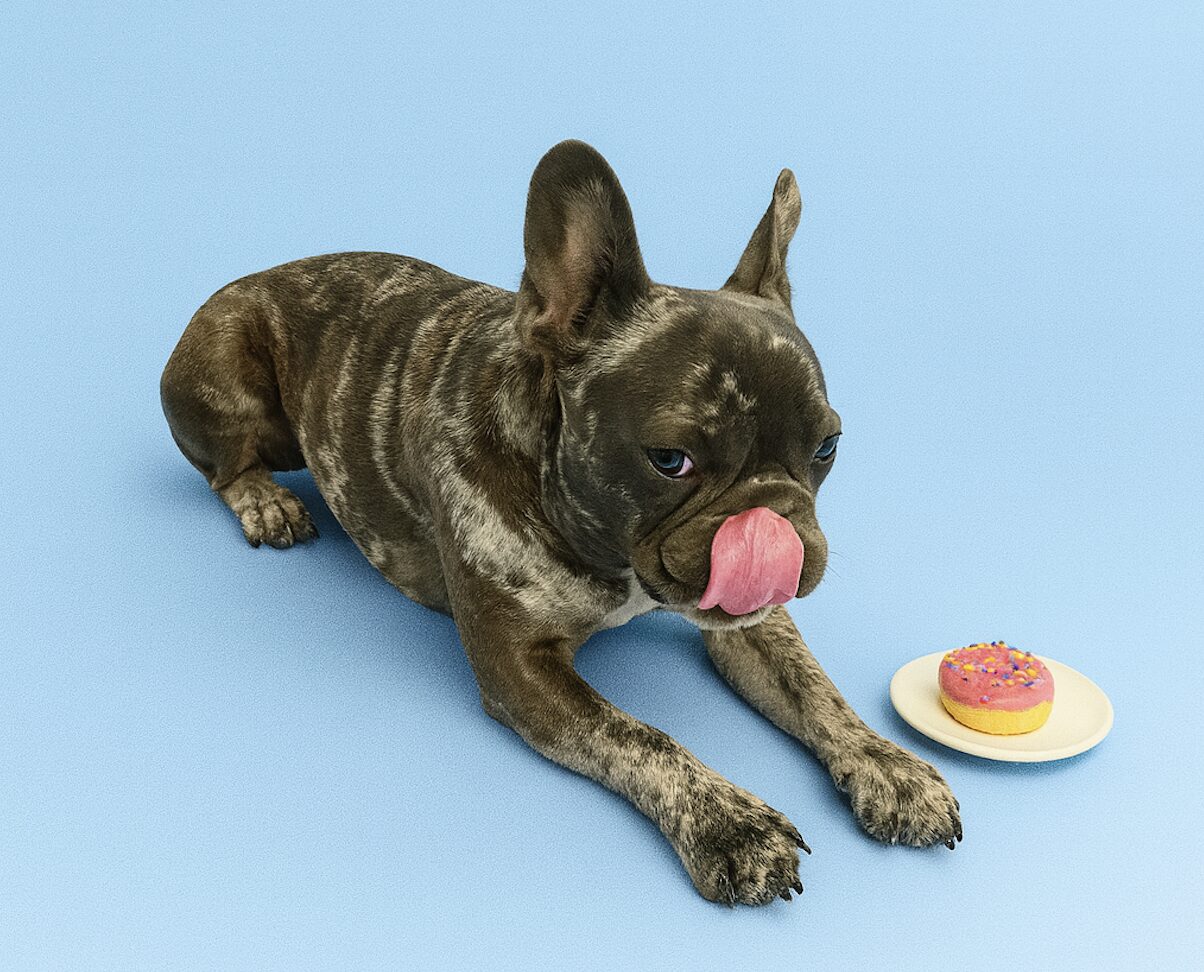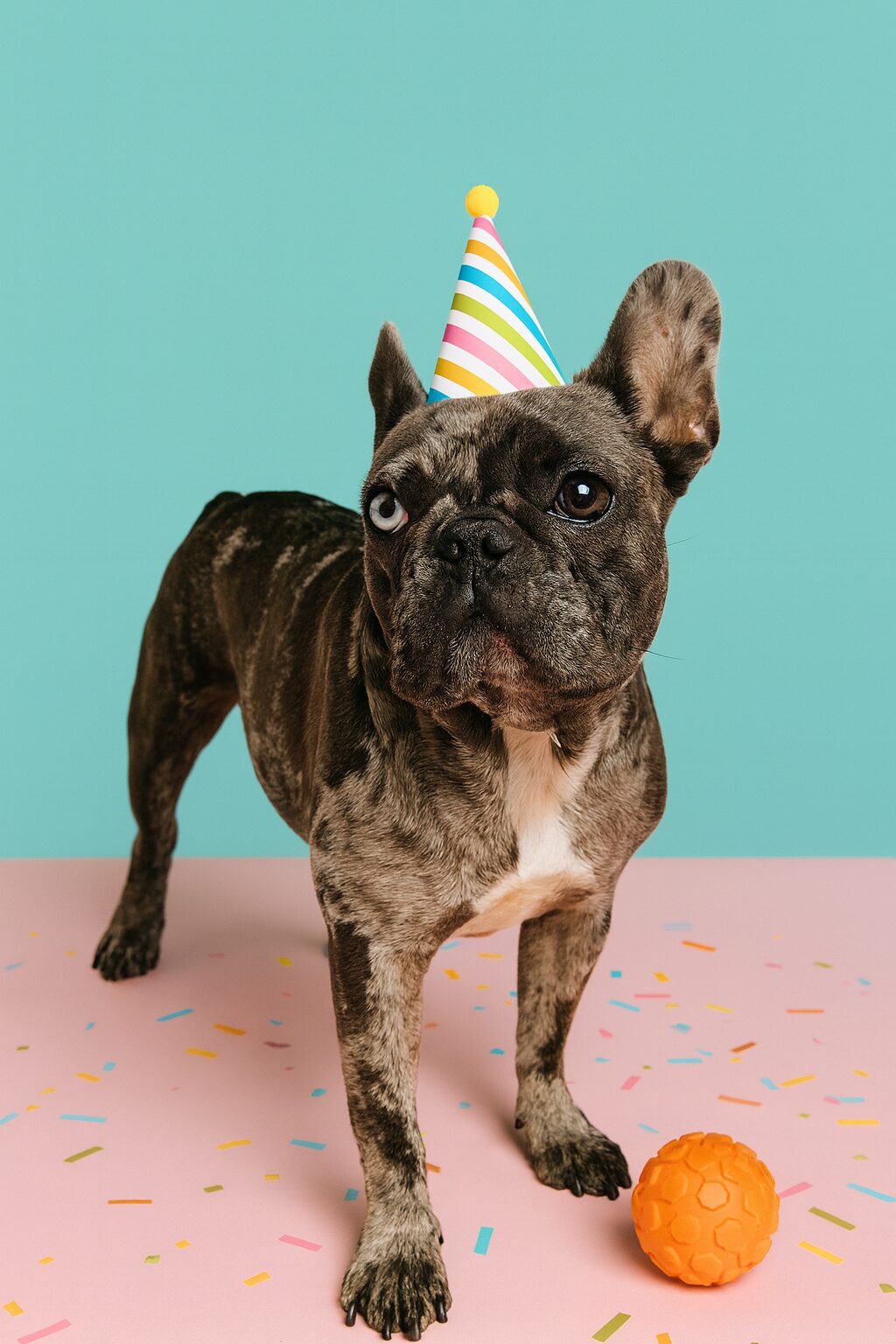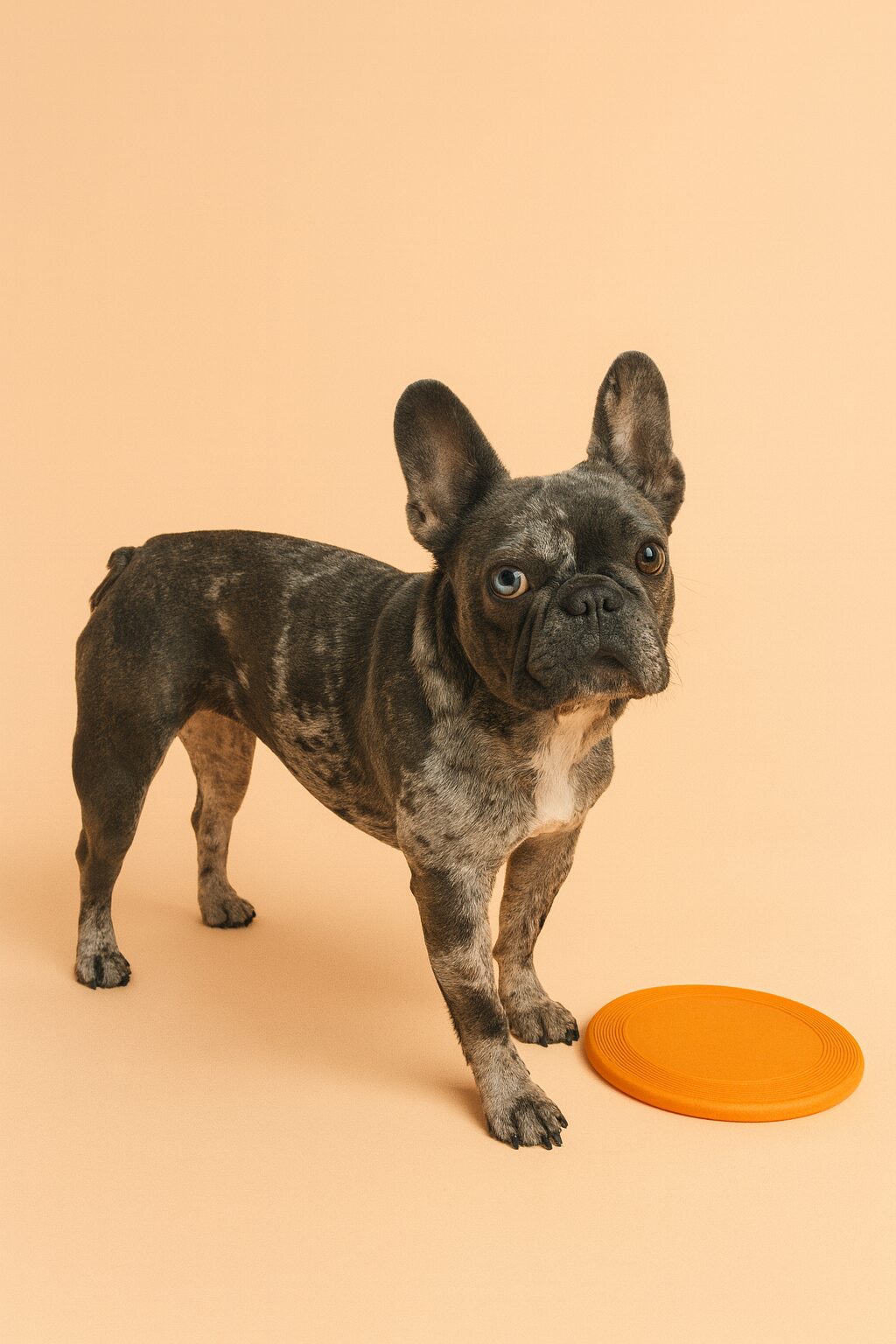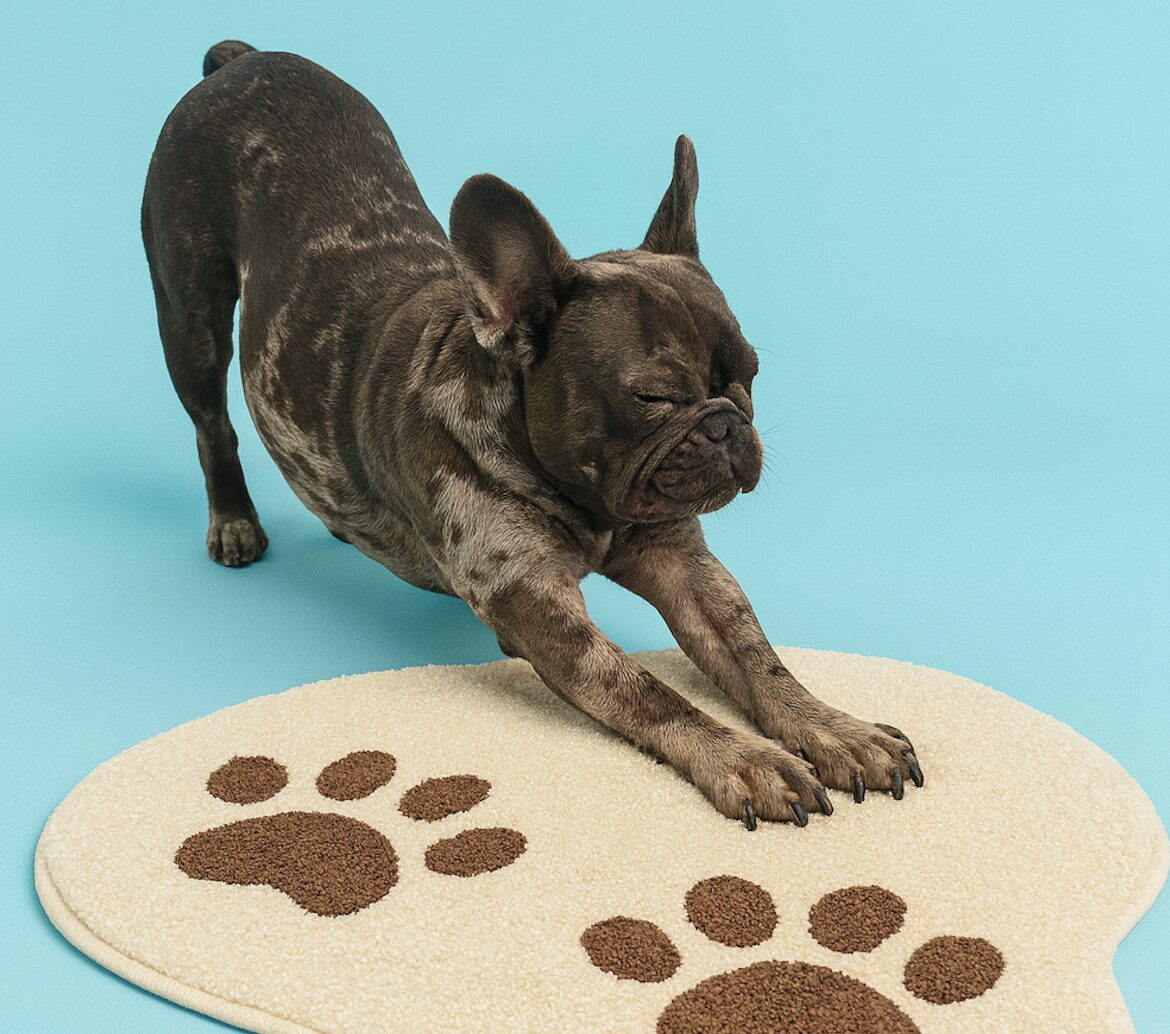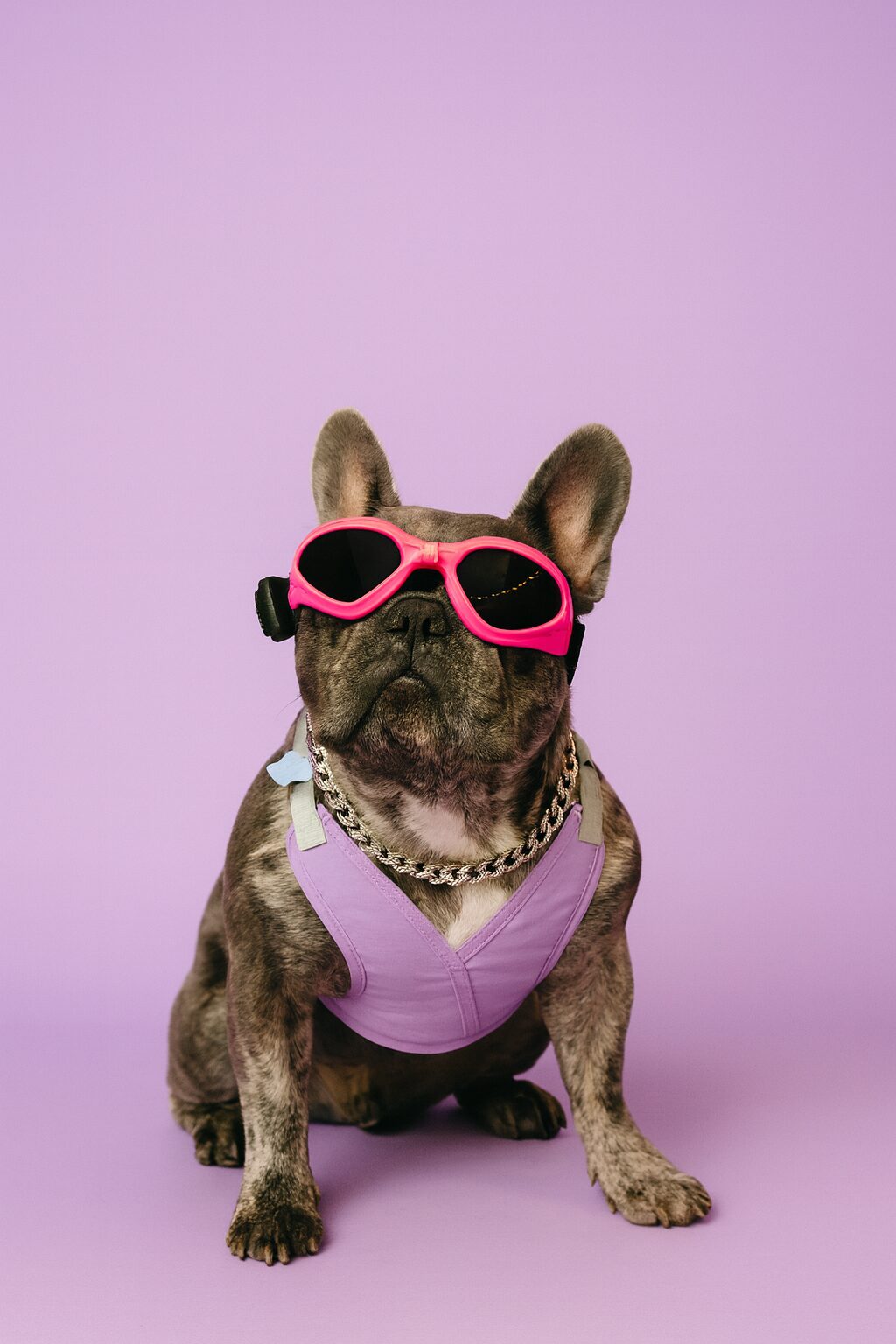If you’ve just brought home a French Bulldog puppy, first of all—congratulations! 🎉 You now share your home with a lovable, snorty, wiggle-butt companion who will quickly take over your heart, your couch, and possibly your pillow.
When I first brought Maven home, she was a bundle of curious chaos. She wanted to investigate everything—except the vacuum cleaner, which she still treats like a sworn enemy. 😏 But one thing was clear from the start: the more new people, dogs, and experiences she met early on, the more confident and adaptable she became. That’s the magic of socialization—and for French Bulldogs, it’s one of the most important steps in raising a well-rounded pup.
Why Socialization Matters for French Bulldogs ❤️
Frenchies are naturally friendly, but they can also be a little stubborn and set in their ways if they’re not exposed to new experiences early. Proper socialization:
- 🐶 Reduces fear and anxiety by showing your pup the world isn’t scary.
- 🤗 Builds confidence so they can handle new situations without stress.
- 🐕🦺 Encourages positive behavior around people, kids, and other animals.
- 🐾 Prevents aggression that can come from fear or unfamiliarity.
Think of socialization like building your pup’s “life toolbox”—the more tools they have, the better they’ll handle whatever life throws at them.
The Golden Socialization Window ⏱️
Puppies have a critical socialization period between 3–14 weeks old. This is when they’re little sponges, soaking up experiences and forming their worldview.
If your Frenchie is older, don’t panic—it’s never too late to start! Older puppies and even adult dogs can still learn to adapt, it just takes more patience and consistency.
Step-by-Step Guide to Socializing Your French Bulldog Puppy 🐕🦺
1. Start Small and Positive
Begin with calm, controlled experiences. Invite a friend over, let them gently interact with your pup, and reward your dog with treats and praise.
Pro Tip: Keep initial interactions short and sweet—overwhelming your pup can backfire.
2. Mix Up the Humans
Expose your puppy to people of different ages, sizes, and appearances:
- 👶 Babies & kids (always supervised)
- 👵 Older adults with canes or walkers
- 👨🍳 People in uniforms or hats
The goal is to show your pup that humans come in all shapes and styles—and they’re all safe and friendly.
3. Dog Meet-and-Greets 🐶
Once your vet gives the okay on vaccinations, arrange controlled introductions with friendly, well-mannered dogs.
- 🐾 Start with calm dogs before introducing energetic ones.
- 🦴 Choose neutral territory like a park, not your living room.
- 🐕 Reward both dogs for calm behavior.
4. Explore Different Environments
Your Frenchie should experience various settings:
- 🌳 Parks and walking trails
- 🛒 Pet-friendly stores
- 🚗 Car rides
- 🏖️ Beaches (bonus points for sand zoomies!)
Each new environment helps your pup learn to adapt, even when there are new smells, sounds, and surfaces.
5. Sound & Sensory Training 🎯
Frenchies can be sensitive to loud noises. Gradually introduce:
- 🚚 Garbage trucks
- 🎆 Fireworks sounds (played softly at first)
- ⛈️ Rain and thunder recordings
- 🛁 Bath time
Pair these with treats and play so your pup associates them with good things.
6. Gentle Handling Practice
Frenchies often need extra grooming care for their ears, wrinkles, and nails. Start handling your pup’s paws, ears, and mouth early so they learn it’s normal.
Maven still gives me the “how dare you” side-eye during nail trims, but at least she’s used to the process. 😂
7. Puppy Classes & Group Activities
Look for positive reinforcement-based puppy classes. These offer:
- 🐕 Social time with other puppies
- 🎯 Basic training foundations
- 👩🏫 Guidance from professional trainers
Common Mistakes to Avoid ❌
- 🚫 Forcing interactions — let your pup set the pace.
- 🚫 Skipping vaccinations before meeting unknown dogs.
- 🚫 Using punishment for fear reactions (it can make them worse).
- 🚫 Overloading in one day — slow and steady wins the race.
Maven’s Socialization Favorites 🐾
When Maven was little, her favorite “confidence booster” was riding in a shopping cart at our local pet store. She’d get treats from the cashier, head scratches from strangers, and sniff every bag of kibble in sight. It became her weekly outing—and now she struts into any store like she owns it.
Keep It Fun and Consistent 📅
Socialization isn’t a one-and-done deal. Keep introducing your Frenchie to new experiences throughout their life. Whether it’s meeting your neighbor’s new puppy, exploring a hiking trail, or joining a dog-friendly café brunch, every positive encounter adds to their confidence bank.
Final Snorts of Wisdom 🐶💌
Socializing your French Bulldog puppy is about building trust, joy, and adaptability. The more good memories your pup collects, the more relaxed and happy they’ll be as an adult.
So grab your leash, pack some treats, and let your little snort machine explore the big, exciting world—one tail wag at a time. 🐾
